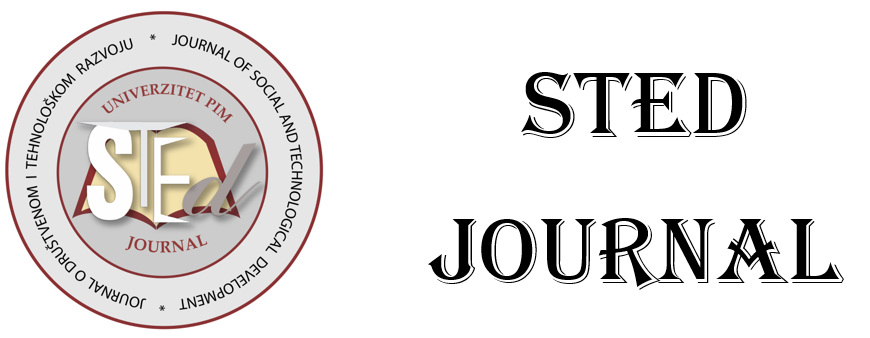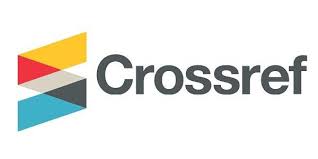PEER REVIEW POLICY
Peer Review Policy
STED Journal is dedicated to ensuring the quality and integrity of the research it publishes. Peer review is a critical component of this process, and STED Journal is committed to upholding the highest standards of peer review. All manuscripts submitted to the journal undergo a rigorous review process by experts in the field. To achieve this goal, we employ a comprehensive peer review process that combines internal and external review, ensuring that each manuscript undergoes a thorough and unbiased assessment.
STED Journal and all manuscripts are peer reviewed following the procedure outlined below.
The peer review process:
1. Submission of Paper
The author responsible for corresponding with the journal submits the paper. This is usually via an online system https://stedjournal.com/sign-up.
2. Editorial Office Assessment - Internal Review
Upon initial submission, Editorial Office experts review the paper's structure and organization in order to evaluate the manuscript for general adherence to the journal's submission guidelines, identify any potential methodological or ethical issues, and provide feedback to the authors on the overall quality of the work. During this phase, the paper's originality is checked using various anti-plagiarism tools and services, such as iThenticate.
3. Appraisal by the Editor-in-Chief - External Review
Manuscripts that pass the initial internal review are then forwarded to a minimum of two external reviewers, experts in the relevant field of study. These external reviewers are selected based on their expertise and are not affiliated with the authors. The reviewers are asked to provide detailed feedback on the manuscript's originality, significance, methodology, results, and overall contribution to the field.
4. Invitation to Reviewers
STED Journal employs double-blind peer review, in which the identities of both the reviewers and the authors remain anonymous from each other throughout the process. This ensures that the reviewers' assessments are based solely on the merits of the manuscript and not influenced by any personal or professional relationships.
5. Editor’s Final Decision
Reviewers provide expert opinions and recommendations to the editor, who ultimately makes the final decision to accept or reject the paper. The journal's international Editorial Board, composed of renowned experts in the field, offers valuable insights, advice, and guidance to the Editors-in-Chief on general matters and assists in decision-making on specific submissions. The editor considers all reviewers' comments, as well as the overall quality and impact of the research, before making a decision. This collaborative approach ensures that only high-quality manuscripts are published in the journal.
6. Final report
The editor will notify the author whether their manuscript has been accepted or rejected. If accepted, the editor will provide any recommendations made by the reviewers. This feedback will help the author improve the quality of their work before publication.










